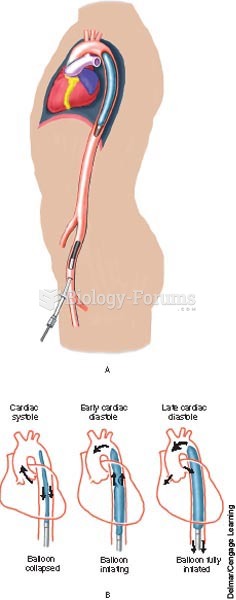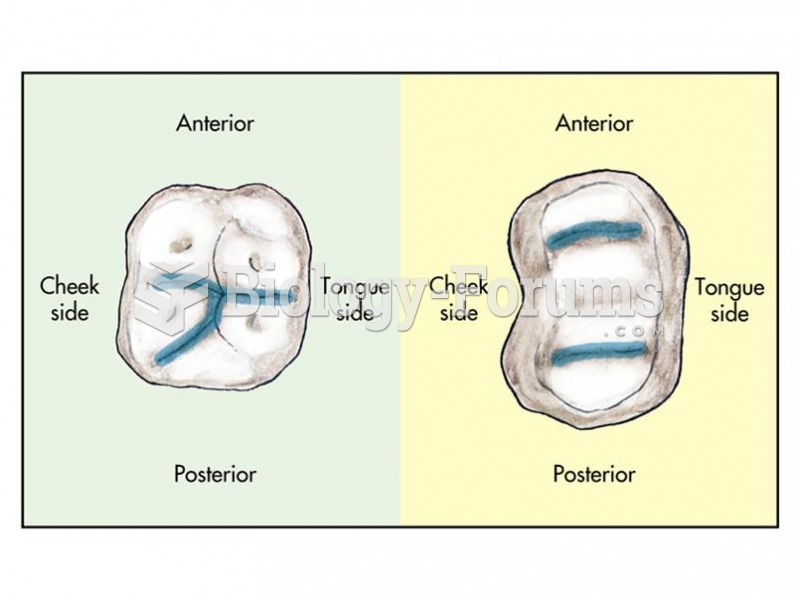|
|
|
Did you know?
Of the estimated 2 million heroin users in the United States, 600,000–800,000 are considered hardcore addicts. Heroin addiction is considered to be one of the hardest addictions to recover from.
Did you know?
Individuals are never “cured” of addictions. Instead, they learn how to manage their disease to lead healthy, balanced lives.
Did you know?
Vaccines prevent between 2.5 and 4 million deaths every year.
Did you know?
In the United States, an estimated 50 million unnecessary antibiotics are prescribed for viral respiratory infections.
Did you know?
Serum cholesterol testing in adults is recommended every 1 to 5 years. People with diabetes and a family history of high cholesterol should be tested even more frequently.
 An intra-aortic balloon pump increases circulation to the coronary arteries and decreases the worklo
An intra-aortic balloon pump increases circulation to the coronary arteries and decreases the worklo
 The Y-5 molar pattern (left) characterizes the ape, whereas bilophodont molars (right) characterizes
The Y-5 molar pattern (left) characterizes the ape, whereas bilophodont molars (right) characterizes
 According to Kohlberg’s theory, only a few individuals, such as Martin Luther King, Jr. (left) and ...
According to Kohlberg’s theory, only a few individuals, such as Martin Luther King, Jr. (left) and ...




